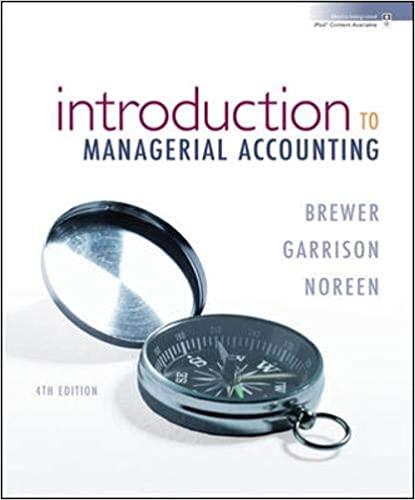The company has a 2-year construction contract for a building (years 20232024 ). The client agrees to pay the company 2,000 for the building, to be collected at various points during construction. The company prepares financial statements on 12/31. It will not experience any overall losses related to this contract, so you do not need to be concemed with that. On 12/31/2023, the company calculated the following: - Cost to date =900. - Estimated remaining cost =600. Assume your client uses the percent complete method. 1. Prepare the journal entry to recognize revenue for the year. 2. What is the balance in the company's retained earnings account at the end of 2023 ? Think of this as a quick review of closing entries that correspond to your entry #1. 3. What is the balance in the company's CIP account on 12/31/23 as a result of using the percent complete method? Keep in mind that CIP gets hit twice during the year from using the percent complete method. Now, assume that for 2023 , the company uses the completed contract method instead of percent complete. 4. What is the balance in the company's CIP account on 12/31/23 if they had used the completed contract method? The CIP will only get hit once during the year under the completed contract method, and it won't be by profits. Now, assume that for 2023 , the company uses the completed contract method instead of percent complete. 4. What is the balance in the company's CIP account on 12/31/23 if they had used the completed contract method? The CIP will only get hit once during the year under the completed contract method, and it won't be by profits. 5. What is the balance in the company's retained camings account on 12/31/23 if they had used the completed contract method? 6. Based on all your previous answers, summarize for me which BALANCE SHEET accounts are different and by how much on 12/31/23, if the company used percent complete instead of completed contract. Part B: Deferred Taxes Assume that for a certain revenue recognition issuc, a company has a choice between 2 allowed methods under GAAP: - Option A: Recognize 80 of income in 2023 and 20 in 2024. - Option B: Recognize 50 of income in 2023 and 50 in 2024. Regardless of what the company selects for financial reporting purposes, for tax purposes, the company must recognize 50 of income in 2023 and 50 of income in 2024. The company has a 20% tax rate. 7. If the company selects Option A, what would be the deferred tax effect? I am only asking if the company needs to create a DTA or DTL, and if so, how much. If the answer is 0 , enter that - do not leave it blank. At least one of the answers below should have a 0 in it








